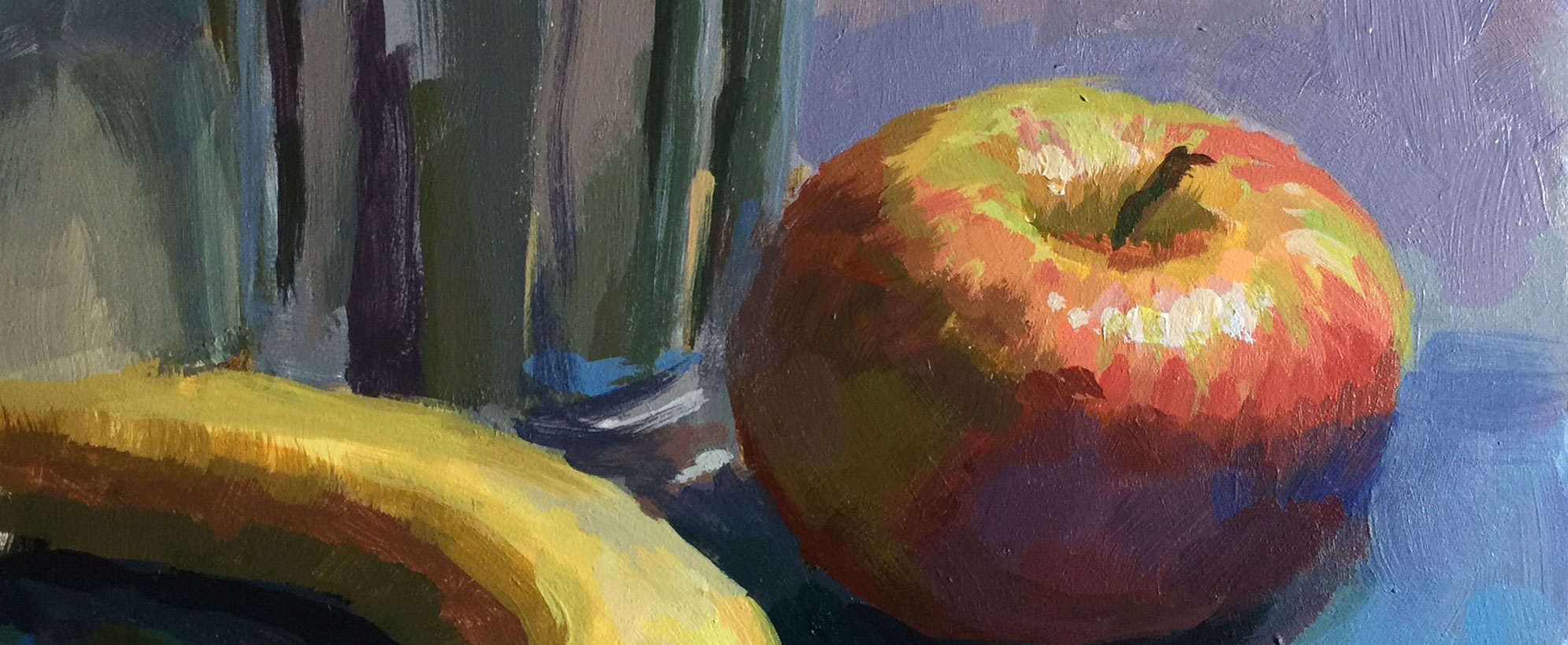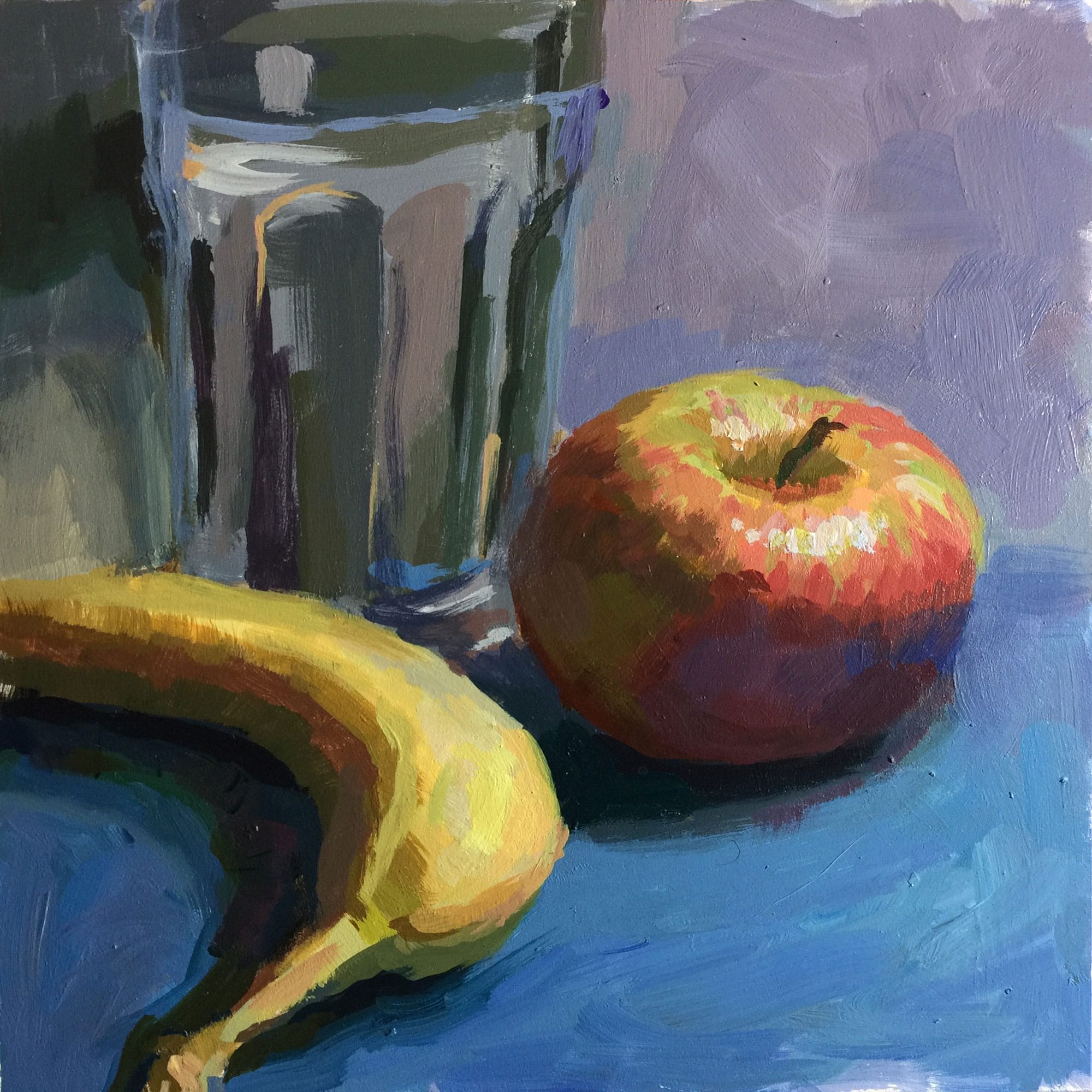What Really Happens When You Stop Trying to Get Acrylics to Behave Like Oils
I have found myself studio-homeless this year. With no space outside my home to work in, I have started painting right in my apartment. While I will admit that it is nice not having to drive somewhere, it has made me think twice about the materials that I’m am using in my shared living/painting space. I don’t like the idea of my bedroom and my turpentine jar being too close to each other! Because of that, I have been experimenting with water-based media, namely acrylics.
I have missed the feeling of working with oils. I love the way that oil paints blend. Oil paint gives an artist almost infinite possibilities for working. The working
What I have come to realize, the question isn’t how to get other materials to behave like oil paint, but how to take advantage of the working properties of the medium that I am using. In this case, how should I approach my paintings when I am working with acrylics?
Put down the blending brush
The solution that I have come up with is to learn to love not blending.
When I was in art school, I was taught a lot about working with edges and rendering form. The story goes that there are two ways to soften an edge — physically or optically.
How to soften an edge
To physically soften the spot where the two fields of paint meet, you take your brush, finger, or whatever and you blend the color. You are physically mixing the paint ease or soften the transition between the 2 colors.
To soften an edge optically, to start with the same 2 colors, but then you mix a new color note, or several, that becomes a step between the two strokes you are looking to soften.
Regardless of the technique, you are essentially just reducing the contrast between
Since acrylic paint dries so quickly, I’ve found that you have a very short window of time in which to blend your colors. Once they are up on the canvas, the clock starts ticking. The paint on your canvas and palette is drying. By adopting layering and mixing intermediary colors, I have started to love the fact that acrylics dry so fast. I could go back in and add new strokes of color to adjust and modify my form in a way that would be tough if that paint was still wet.
By learning to embrace what makes each material unique and letting go of the idea that I am missing out, I’m starting to love the possibilities of working with water-based media.



